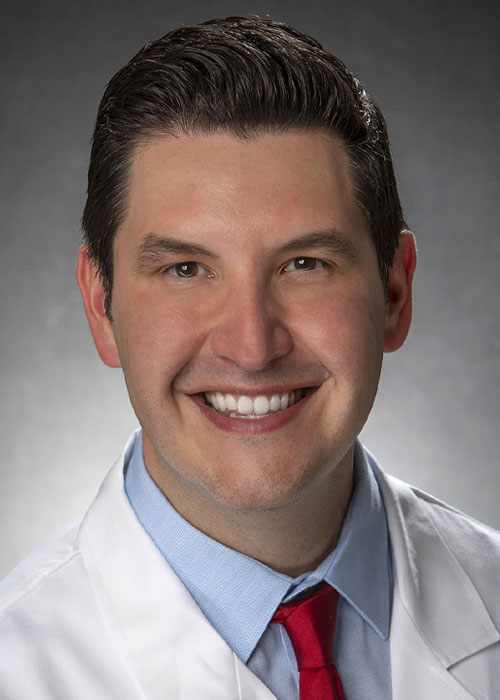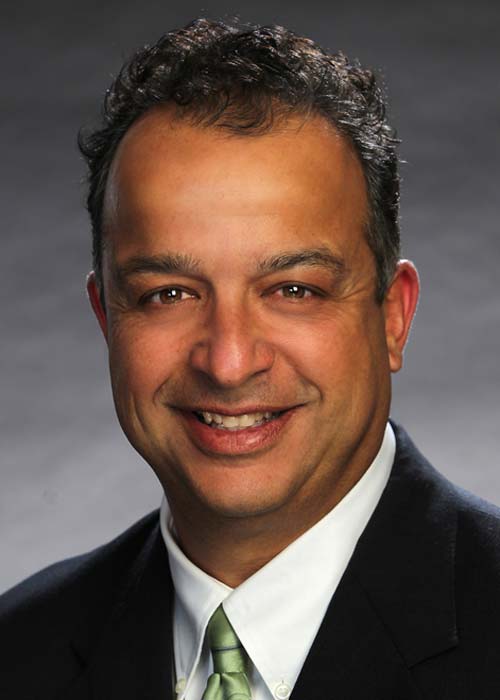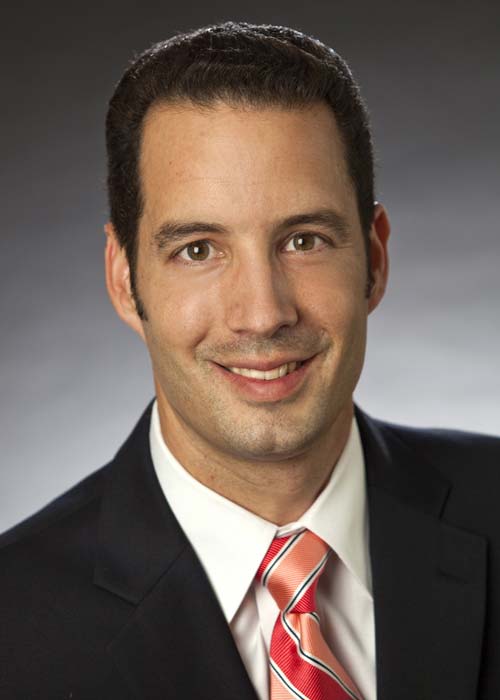OAB Treatment Options in San Antonio
Living with an overactive bladder (OAB) means a frequent urge to urinate, repeat bathroom trips, and, for some, a fear of leakage.
These frustrating issues are, however, often treatable. Simple lifestyle changes and non-surgical therapies can bring meaningful improvement to how you feel.
Our experienced urologists offer the best OAB treatment options in San Antonio.
Why Does OAB Happen?
Your bladder is a muscular, hollow sac in the pelvis that stores urine.
As it fills, nerves signal the brain that it’s time to urinate. The brain coordinates with pelvic floor muscles and the bladder muscle, called the detrusor, to release urine at the right moment.
In overactive bladder, this communication system becomes oversensitive. The bladder muscle contracts too early or too often, even when it isn’t full, leading to symptoms such as:
- A sudden, hard-to-control need to urinate
- Urinating eight or more times a day
- Waking multiple times at night to urinate, called nocturia
- Urge incontinence, which is leaking urine before reaching the bathroom
OAB may occur in both men and women, sometimes after pregnancy, enlarged prostate, pelvic surgery, or simply as part of aging. It can also accompany other conditions, such as:
- Diabetes
- Neurologic disease
- Constipation
OAB Treatment Options in San Antonio
For many people, small adjustments that reduce bladder irritation and retrain bladder control can dramatically reduce symptoms.
- Limit bladder irritants. Certain foods and drinks can overstimulate the bladder or increase urine production. Common culprits include:
- Caffeine, found in coffee, tea, sodas, and chocolate
- Alcohol
- Carbonated drinks
- Citrus fruits and juices
- Tomatoes and tomato-based products
- Artificial sweeteners and spicy foods
- Nicotine from smoking
- Keep a bladder diary. Writing down what and when you drink, how often you urinate, and when urgency or leakage occurs can provide a clear picture of your bladder habits. Over the course of just a few days, these details can uncover patterns that you may not notice otherwise. You may not realize you’ve been drinking large amounts in the evening or consuming bladder irritants. Your diary will also help your doctor tailor your treatment plan.
- Manage fluids. You don’t need to stop drinking water, as dehydration can worsen urgency. Instead, spread fluids evenly throughout the day and slow down intake a few hours before bed.
- Avoid added abdominal stress. Maintain a healthy weight, as excess abdominal weight puts extra stress on pelvic organs. Constipation should be addressed as it can worsen bladder pressure, too.
Bladder retraining
‘Just in case’ trips to the bathroom can train your bladder to empty too soon.
Bladder retraining teaches the bladder to hold urine longer and resist sudden urges. Your doctor may set up a schedule that gradually increases the time between bathroom visits.
At first, you might aim to wait 10 to 15 minutes after an urge before voiding, slowly stretching that interval. Over several weeks, your bladder can relearn to hold more urine comfortably. Success usually requires 4 to 8 weeks of steady practice.
Pelvic floor physical therapy
The pelvic floor is a group of muscles and connective tissues that support the:
- Bladder
- Uterus in women
- Rectum
These muscles also help close the urethra to prevent leakage.
A specialized pelvic floor physical therapist can teach you how to engage, or sometimes, relax these muscles correctly. One common exercise is the Kegel, in which you squeeze and lift the pelvic muscles for a few seconds, then relax.
For some people, these muscles are already tight and need help relaxing instead of strengthening. Therapists can work with you to improve coordination and reduce urgency and accidents.
Medications for OAB
If symptoms persist after conservative therapy, medication can help calm the bladder. Two main classes of drugs are used:
1. Anticholinergics
These medications block the nerve signals that trigger early bladder contractions. Common examples include:
- Oxybutynin
- Tolterodine
- Solifenacin
- Darifenacin
- Fesoterodine
- Trospium
Possible side effects include dry mouth, constipation, blurred vision, and confusion or memory problems. Newer, extended-release or transdermal forms may reduce these issues.
2. Beta-3 adrenergic agonists
Drugs such as mirabegron and vibegron relax the bladder muscle through a different pathway. They often have fewer dry-mouth effects but can slightly increase blood pressure. Sometimes, both drug types are combined for added benefit.
You’ll typically know within 4 to 8 weeks whether a medication helps. If side effects are bothersome or results are limited, your clinician can adjust the dose or switch classes.
Advanced OAB Treatment Options in San Antonio
When lifestyle changes and medications aren’t enough, several effective minimally invasive treatments can restore control. These options target the nerves or muscles that influence bladder activity.
Botox (OnabotulinumtoxinA) bladder injections
Botulinum toxin (Botox) can temporarily relax overactive bladder muscles. The procedure is done in a clinic using a thin camera passed into the bladder for visualization.
Relief from this treatment usually lasts about 6 to 9 months before another session may be needed. Many people notice a significant decrease in urinary urgency and leakage episodes during this time. Some temporary side effects can occur, such as urinary retention or urinary tract infections. In rare cases, a person may need to use a catheter for a short period until normal bladder function returns.
Sacral neuromodulation
This therapy uses mild electrical pulses to rebalance communication between the bladder and brain. A small device, similar to a pacemaker, is placed under the skin in the upper buttock. Treatment occurs in two stages:
1. Trial phase. A thin temporary wire is inserted to test symptom improvement.
2. Implant phase. If the trial succeeds, a permanent stimulator, either rechargeable or recharge-free, is implanted.
Settings can be adjusted using a handheld remote. Modern systems like Axionics or InterStim are MRI-compatible, and battery life ranges from 10 to 15 years. Regular follow-ups ensure proper function and comfort.
Percutaneous Tibial Nerve Stimulation (PTNS)
PTNS delivers gentle electrical impulses to a nerve near the ankle that connects to bladder control centers in the spinal cord.
A fine needle is inserted near the ankle while you sit comfortably during 30-minute sessions once a week for 12 weeks. Maintenance treatments are then given about once per month.
OAB Treatment Options FAQs
1. Can I have overactive bladder and stress incontinence at the same time?
Yes. Some people, oftentimes women after childbirth or menopause, experience mixed incontinence. This means they have both OAB and leakage with coughing, laughing, or exercise, known as stress incontinence. Pelvic floor therapy, behavioral strategies, and medication or procedures can help.
2. Is OAB just a normal part of getting older?
No. While bladder changes occur with age, frequent or urgent urination that disrupts sleep or daily life isn’t something you must accept.




















